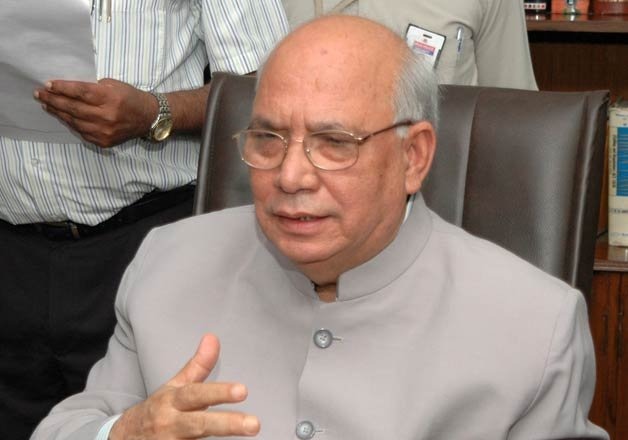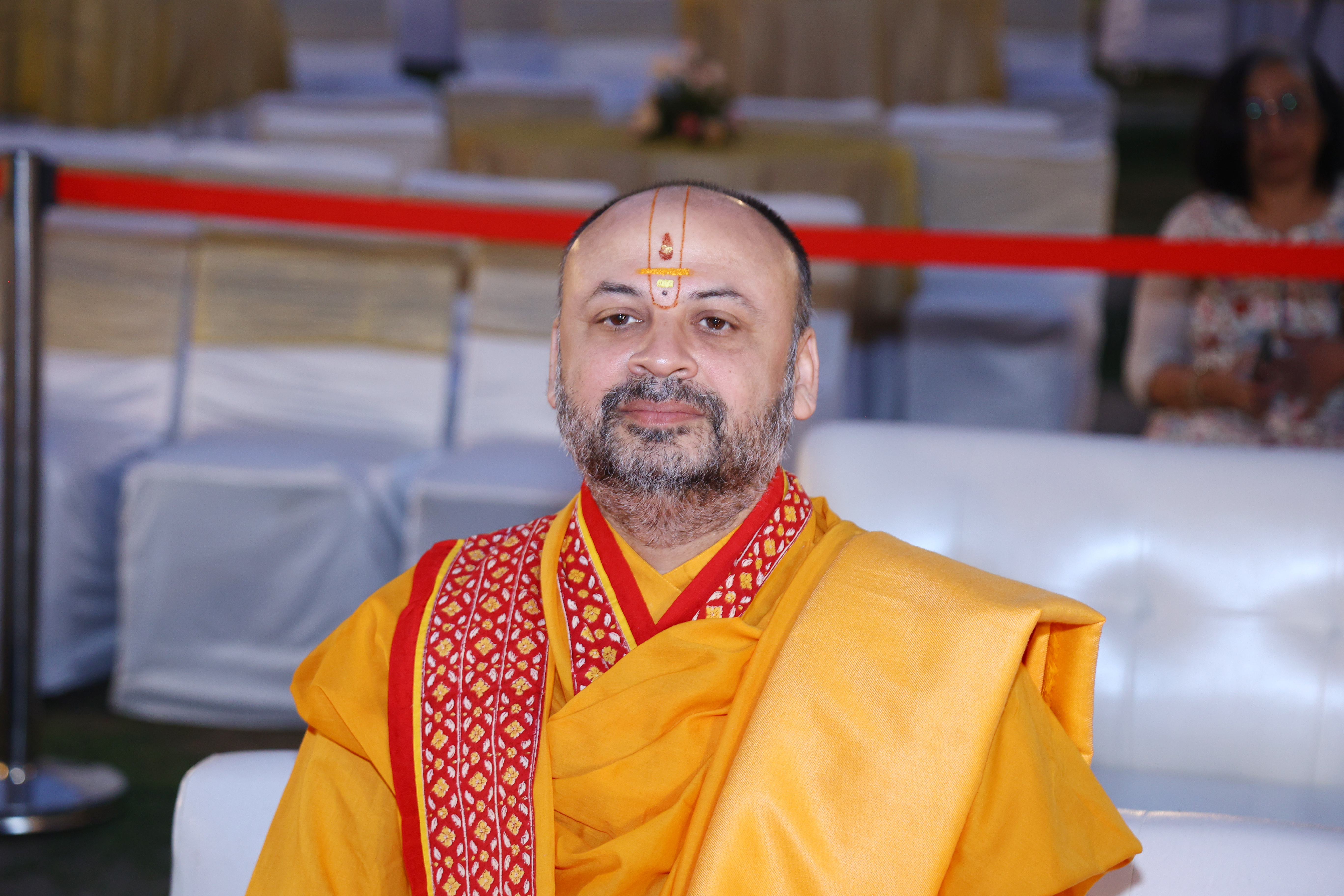The Government’s Budget-making exercise in Covid times must handhold the domestic industry as well as look for resource mobilisation avenues
Closer to the Union Budget-making exercise, Finance Ministers are compelled to recall Kautilya’s “capacity to pay” principle from the Arthashastra that a tax collector should collect taxes “just as a bee collects honey from a flower, without disturbing its petals”. For fiscal 2021/22, this will be a daunting task as any FM would rather sting like the bee from any source that yielded supernatural gains while remaining benign towards the most afflicted sectors. The focus of this article is to put oneself into the Government’s shoes and suggest possible avenues for raising revenues while also offering relief, where necessary.
The Organisation for Economic Cooperation and Development (OECD) estimates that for each month of containment, there is a need to factor in two per cent loss of annual GDP. The IMF advises that during periods of hardship, Governments must go slow in restoring public finances as raising taxes must be commensurate with resumption of economic activity.
As India entered the crisis with weak balance sheets in banks, shadow banks and corporates, their current state of recovery or indebtedness cannot be determined till the next fiscal year due to moratoriums and the ‘standstill clause’ in operation to avoid the NPA tag on Covid-hit companies that have gone in for restructuring loans. Should some sectors have gotten further singed in the last nine months, two risks get compounded: The systemic risks of increased NPAs; and the increased number of retail loans coming under pressure due to debt servicing limitations of borrowers whose income growth is uncertain.
Central avenues for taxation:
Ideally, how should countries tax after the pandemic?
As nations compete for investment and jobs, taxation is one of the competitive levers to attract FDI as well as to encourage domestic consumption and Capex expansion.
But most likely, new taxes on the “super profits” of digital internet companies will be the key avenue for raising revenue. We, therefore, must think of applying a higher corporate tax rate on large corporations in ‘oligopolised sectors’ with excess rates of return, just for a limited one-year period.
Second, though wealth tax was abolished in 2015-16, the scope for raising just one-time revenues through this avenue cannot be underestimated in the post-Covid times. However, this does not call for reverting permanently to the days of wealth tax and estate duty as that would amount to unfair and double taxation.
Indians who have made it to the world’s richest lists must be taxed progressively higher than a normal HNI. Super-HNIs, according to the IIFL Wealth Hurun India Rich List 2019, have an average net worth of Rs 5,000 crore among the 953 richest Indians. Their combined net worth is a quarter of India’s GDP. Levying even a one-time, say a four per cent, WT on them can yield much-needed additional resources. Such provisions should be one-off in nature, applicable for just one fiscal year.
Other prospective avenues for raising revenue are:
Introduce Leave Travel & Stay Allowance (LTSA):
While high-frequency data points to a firm recovery in consumption, manufacturing, retail, housing and consumer durables, the losses in the contact-intensive services sectors of aviation, tourism and hospitality have suffered irrecoverable losses.
Every rupee spent on tourism has a threefold impact on the economy. Tourism creates maximum employment across the economic classes of labour. One way to boost tourism is to announce a relief package directly impacting the expenditure budget of the Government. The other is to announce benefits to the masses. The existing Leave Travel Allowance scheme is riddled with several strictures.
The Government may introduce LTSA as deductible income for FY22 and FY23 provided it is spent only in India, allow hotel and stay expenses and multiple vacations be allowed. The Government may recover the tax foregone through increased spending and GST recovery.
Education Fee Deduction:
The education fee deduction was set up many decades ago at Rs 200 per child. Today it will not cover the cost of even a textbook. This needs reinstatement to realistic levels. A deduction of Rs 25,000 for formal education from pre-primary to graduation level or its equivalent and Rs 50,000 for Post-Graduation/professional courses per child annually for a maximum of two children should be allowed. This will help achieve Sustainable Development Goals as set by the UN and adopted by India.
Special WFH Allowance:
People have had to redesign their homes for creating work space and have incurred expenses to that effect. A special allowance of Rs 1,00,000 must be allowed for FY 2020-21 and FY 2021-22. The actual expense incurred to redesign, repair, purchase PCs, laptops, internet devices and so on should be allowed.
Special levy on fliers:
The Government may impose a special Covid levy of Rs 500 on the economy class and Rs 1,000 on business class on international travel. A special levy of Rs 100 may be imposed on domestic air travellers. By imposing a small amount, the travel is not rendered uneconomical. The Government may make a revenue of Rs 3,500 crore from seven crore international travellers and Rs 3,000 crore from 30 crore domestic travellers.
Creation of strategic holding companies for banks, PSUs and infrastructure:
The Government should transfer its holdings in all banks, PSUs and special institutions such as NABARD, NHAI, PFC and REC to a sector-specific holdco. This holdco should receive funding from the Government which can be leveraged and then given to operating companies as debt or equity. This will ease the Government’s burden of supporting companies through fiscal allocation.
The Government may contribute Viability Gap Funding (VGF) as equity in holdcos which, in turn, invests the same as equity in infrastructure projects. The repayment of debt of holdcos could be from dividend income and/or sale of investment. Holdco structure would allow timing of disinvestment instead of fire-sale. Besides, consolidation of land holdings of subsidiaries could help achieve affordable housing targets as well.
Also, nations will be in a wait-and-watch mode before recalibrating their domestic policies depending on whether the Joe Biden administration retains status quo on Donald Trump era’s taxation which lowered corporate rates to 25 per cent.
Future avenues for
State taxation:
The ratio of States’ debt to GDP is poised to rise to a decadal high of 36 per cent this fiscal, according to a CRISIL report. Given the massive tax shortfall due to higher spending on health and relief measures, States must look to enhance their own tax base through the avenues still within their purview, like agriculture and land by:
Affluent farmers’ net income above Rs 1 crore must come under the tax net by taking a three-year average of earnings (permitting them this benefit due to climate variations). In 1969, the KN Raj Committee had first initiated the suggestion to tax farm income. But it has never been acted upon as political considerations have outweighed economic considerations. There is no economic rationale for excluding such large earners out of the tax base. Since this will require a constitutional amendment with the support of States, let the entire proceeds of such collections devolve upon States as quid pro quo. This will also reduce the devolution commitment of the Union. The sense of inequitable treatment will be addressed that emanates from this sector getting the largesse of farm loan incentives without tax obligations. Taxing income of arhatiyas needs to be introduced given high income levels. As per the Panjabi University, Patiala, report of 2016, in Punjab alone around Rs 1,400 crore was outstanding as loan from arhatiyas at 12 per cent to 18 per cent interest.
Lowering of stamp duty, as Maharashtra and Gujarat have done, will increase construction activity and bring in more revenue through economic activity. Lowering stamp duty in conjunction with low interest rates is a big incentive for home buyers. The case for lowering stamp duty varies between 2 per cent to 7 per cent. This reduction will boost real estate transactions, encourage price transparency and encourage fuller declaration of capital gains.
Lastly, it is time to dispense with an aggressive, adversarial and target-oriented tax department for encouraging compliance and reducing litigation. The taxpayer must be treated as partner in nation building. For building a stronger India, it is imperative for the policy-makers to balance welfare with growth; laying out a red carpet that facilitates FDI but also handholds all sections of the domestic industry.
(Dalmia is a columnist and Chairperson NCFIL at Niti Aayog and Joshi is Founder & CEO Oyster Capital and ex-MD&CEO India Ratings)








 OpinionExpress.In
OpinionExpress.In















Comments (0)